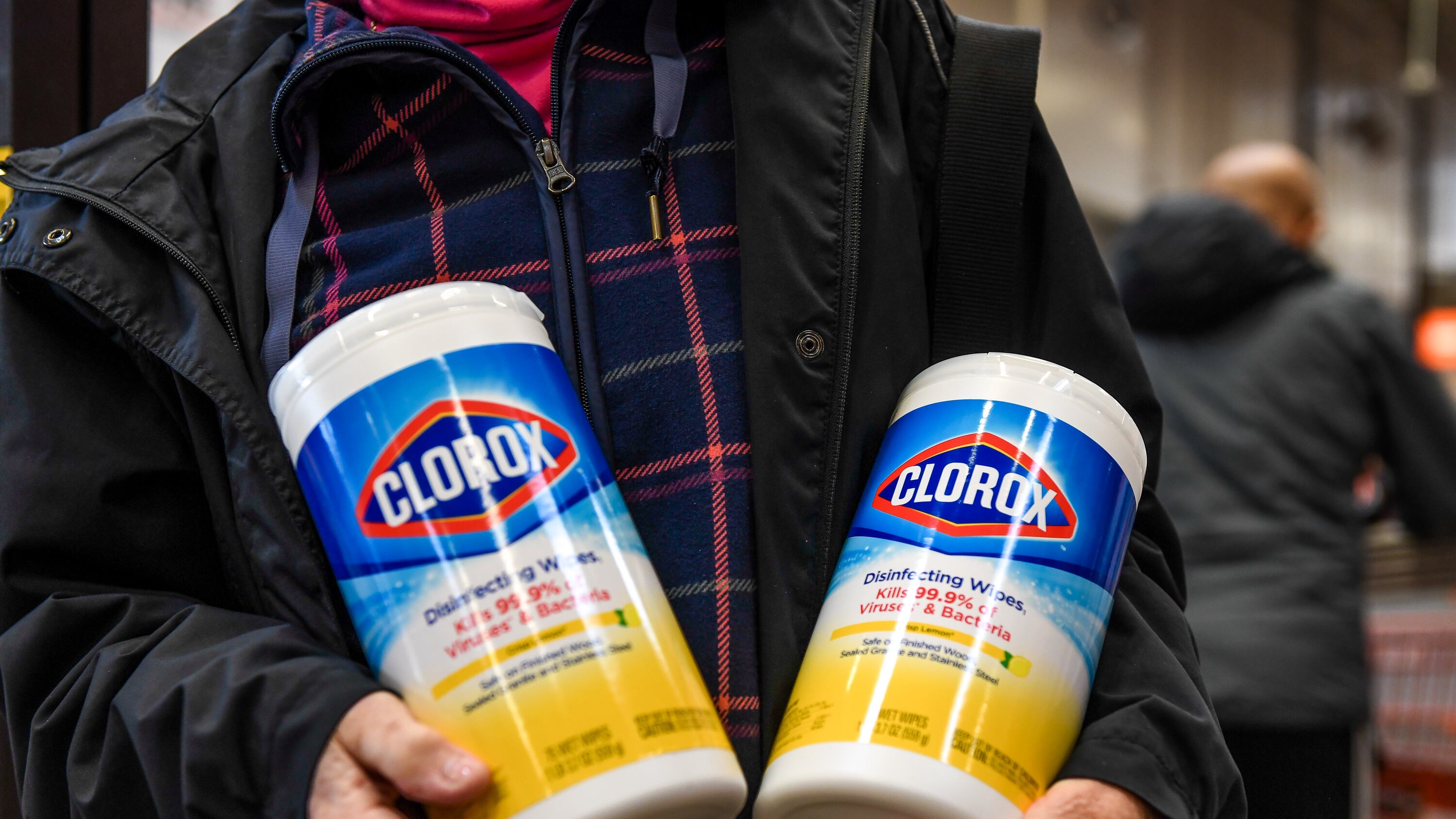When coronavirus hit Oregon, Portlanders went on a hand-sanitizer shopping spree. Within 48 hours of the first positive diagnosis, every Walgreens within a 50-mile radius of Kaiser Permanente Westside Medical Center was sold out of the disinfecting gel.
It doesn't matter. The best trick for getting germs off your hands is still washing them with soap and water.
"I wish people would ask me more questions about hand-washing," says Sara McCall, a nurse epidemiologist with the Multnomah County Health Department. "It is the best way to stop the spread of all kinds of bugs."
But—and please don't take this personally—there's a decent chance you don't know how to wash your hands. The World Health Organization has detailed instructions for hand-washing, and McCall says people tend to forget several key steps. Here are the pivotal elements of an effective hand wash.
 Rub every surface of your hands. Clean each finger individually, brush under your fingernails, and use plenty of friction. “It’s the friction that gets rid of all the germs—physically removing them from your hands,” McCall says.
Rub every surface of your hands. Clean each finger individually, brush under your fingernails, and use plenty of friction. “It’s the friction that gets rid of all the germs—physically removing them from your hands,” McCall says.
 Scrub for 20 seconds. It’s a longer time than you think. Maybe you’ve heard this, but sing “Happy Birthday” all the way through, twice. “In nursing school, when we were graded on washing our hands, I literally sang ‘Happy Birthday’ [aloud],” McCall says.
Scrub for 20 seconds. It’s a longer time than you think. Maybe you’ve heard this, but sing “Happy Birthday” all the way through, twice. “In nursing school, when we were graded on washing our hands, I literally sang ‘Happy Birthday’ [aloud],” McCall says.
 Don't forget the thumbs. "When you're rubbing your palms together, your thumbs are sticking up out of the water," McCall says. So people often miss two out of 10 digits. Use those 20 seconds to rub each thumb in the palm of the opposite hand.
Don't forget the thumbs. "When you're rubbing your palms together, your thumbs are sticking up out of the water," McCall says. So people often miss two out of 10 digits. Use those 20 seconds to rub each thumb in the palm of the opposite hand.
 Turn off the faucet with a paper towel. “Faucets are turned on with dirty hands,” McCall says. Use your washed hands to shut off the faucet, and guess what? They’re dirty again. Deploy a paper towel, and keep it handy for the bathroom door. “Your hands are going to get dirty again,” says McCall—but you should at least get out of the bathroom.
Turn off the faucet with a paper towel. “Faucets are turned on with dirty hands,” McCall says. Use your washed hands to shut off the faucet, and guess what? They’re dirty again. Deploy a paper towel, and keep it handy for the bathroom door. “Your hands are going to get dirty again,” says McCall—but you should at least get out of the bathroom.
